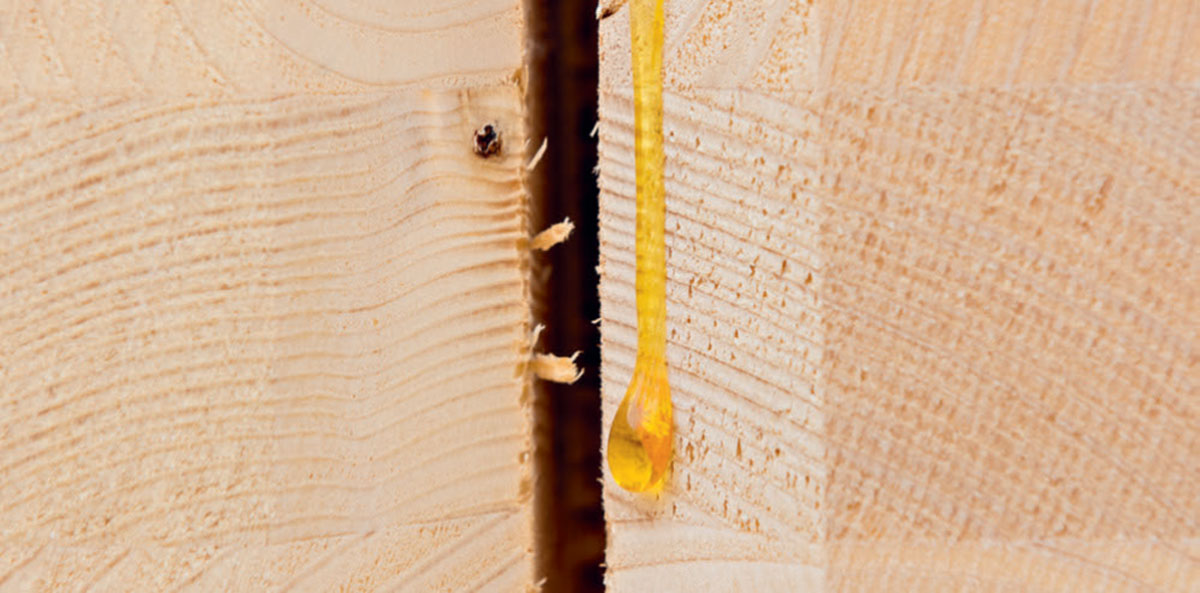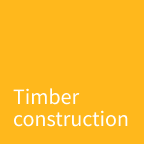
The wood age is back
Wood has everything a modern building material needs. The natural product not only provides a living atmosphere in which people feel comfortable as a matter of course. The constructional arguments also speak in favour of wood. "It is light and has good mechanical properties. In addition, wood is easy to work with," says Andrea Frangi, lecturer in timber construction at the Institute for Structural Analysis and Design at ETH Zurich, summarising the most important advantages. In addition, as a poor conductor of heat and cold, wood provides insulation by itself, so to speak.
Universally applicable
These advantages make wood a universally applicable building material: from the supporting structure to the building envelope – visible or integrated into the structure for insulation – to the interior fittings.
Ideal in an urban environment
The structural qualities of wood come into their own when densifying neighbourhoods, as Andrea Frangi explains: "On the one hand, wood is suitable for multi-storey new buildings. On the other hand, its light weight makes it ideal for adding storeys to existing buildings." Furthermore, building with wood is the perfect answer to the demand for as little dust, noise and other disturbances as possible during the construction phase, which is always loud, especially in urban environments: thanks to the prefabricated and cold-resistant construction elements, large buildings can also be realised with wood in a short time and with few emissions.
"Wood is light and has good mechanical properties. It is also easy to work with.
Sustainable from A to Z
Another decisive trigger for the revival of timber construction that has been observed for some years now is its energy balance. No other raw material can fulfil the demands of sustainable building as comprehensively as wood. This already begins with its extraction: while the production of other building materials is energy-intensive and thus results in high CO2 emissions, growing trees extract the problematic gas from the atmosphere. And that's not all: because wood is so easy to process, a great deal of energy can be saved from pre-production through to the construction and demolition of a building.
Made for digitalisation
The more demanding a building project is, the more important it is to be able to plan it. That is why more and more complex projects are being planned and realised with the help of digital models: Implenia is already handling building construction and infrastructure projects with an order volume of more than one billion Swiss francs using BIM software (Building Information Modelling). "Timber system construction with 3D CAD and computer-controlled processing is made for this," emphasises Andrea Frangi: "It will even take on a leading role in the digitalisation of construction."
Prof. Dr. Andrea Frangi
Lecturer in timber construction at the Institute of Structural Analysis and Design at ETH Zurich

Since 2010, Andrea Frangi has been Professor of Timber Construction at the Institute of Structural Analysis and Design at ETH Zurich and is working to ensure that the engineeringly demanding raw material wood can exploit its great potential even better. The areas of research range from joining technology and material properties to fire protection. Specifically, his group is working on new types of screws, wood-wood connections, innovative building components made of certain types of wood and combinations with other materials such as concrete. In addition to technical innovation, the focus is always on economic efficiency. In the area of fire protection, the ETH researchers are investigating the fire behaviour of different wooden components. Their findings help to expand the possible applications of the building material in a targeted manner.


